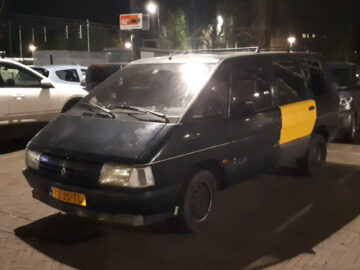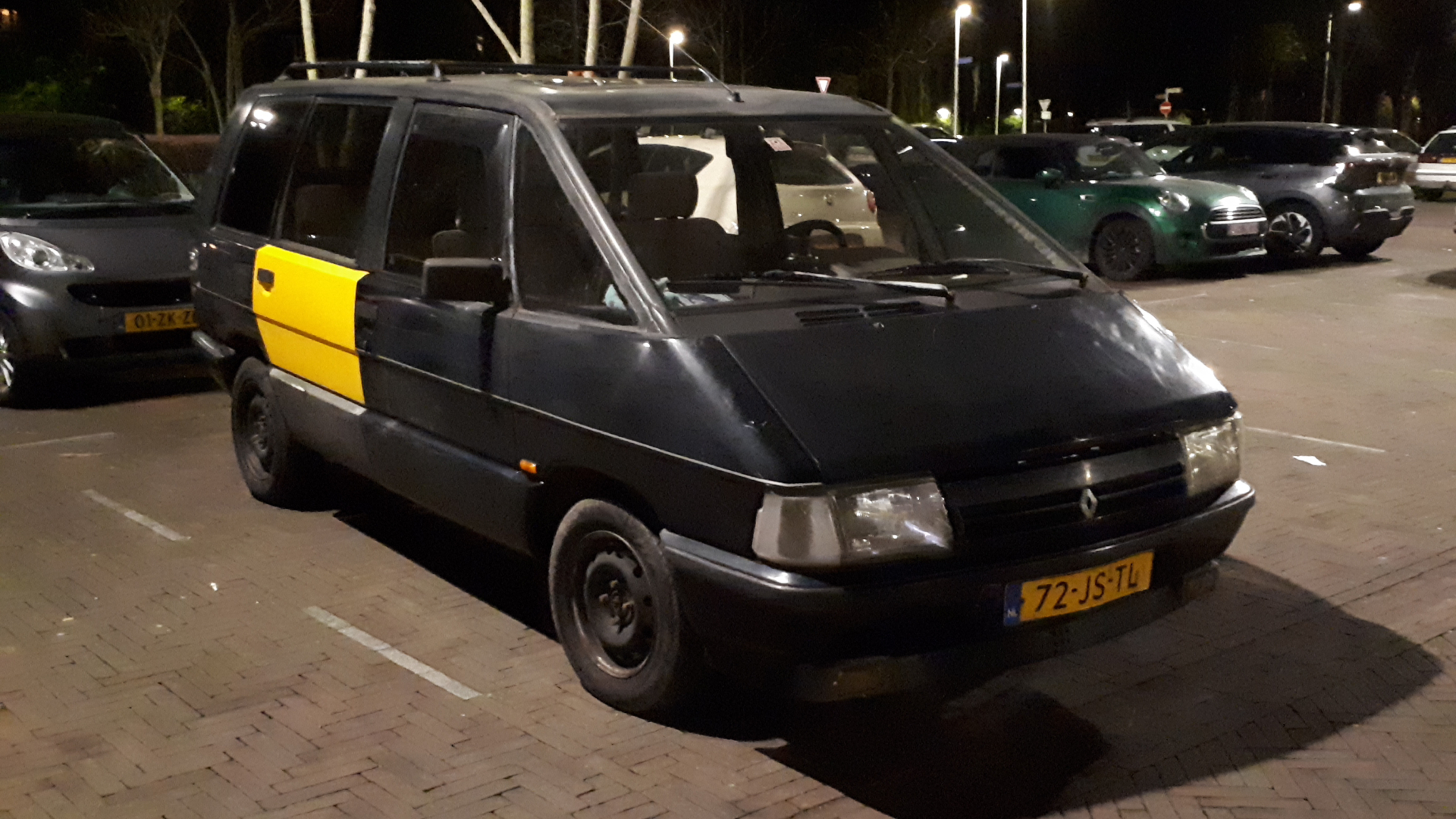Spotted: a first-generation Renault Espace
The Renault Espace is sometimes called the very first MPV, but that is not entirely true. Depending on how you define the term “MPV,” the Fiat 600 Multipla (1956), among others, was there much earlier, and more recently the Nissan Prairie (1982) and Honda Civic Shuttle (1983), among others, preceded it. Along with the Chrysler minivans in America, however, the Renault Espace did provide the big breakthrough for the MPV segment.
British origin
The idea for the Renault Espace originated back in the 1970s, at Chrysler UK. Then work started on development at Matra, a French brand that was part of the Chrysler group. To complicate matters, the development was done on behalf of Simca, but the idea was that the car would eventually be marketed as a Talbot. These too were French brands that belonged to the group.
The Espace became a Renault
In 1978, Chrysler UK and Simca came into the hands of PSA, the company behind Peugeot and Citroën. PSA found the Espace project too costly and the chances of success too low. The project was returned to Matra, which then took it to Renault. After all, Matra and Renault had already worked together a lot. At Renault, the project, which was not actually called “Espace” at the time, was named J11. The name Espace was coined not much later.
Some more changes were made under the direction of Renault. To maximize the interior, Matra had developed the car with transverse engine, but Renault wanted the engine longitudinally. This would allow it to fit more different engines and also made it easier to offer an all-wheel drive version. The engine was placed at the extreme front of the car, though. Indeed, the slightly larger diesel engines required the grille to be placed a little further forward. So the diesel versions are easy to spot. Finally, Renault made sure that the floor behind the front seats became completely flat.
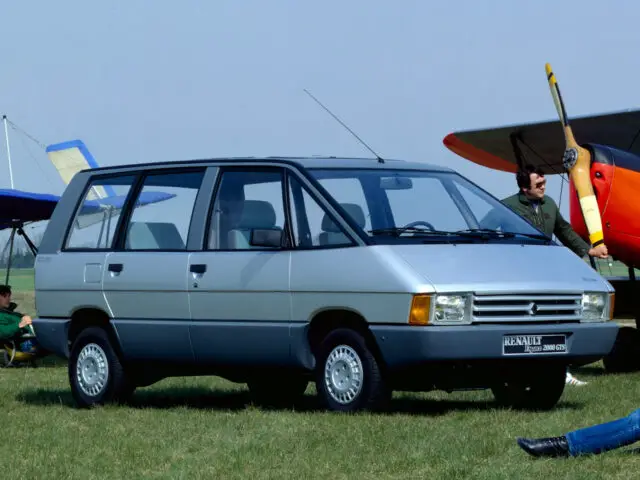
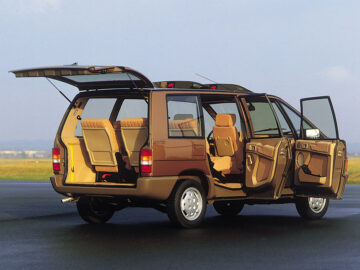
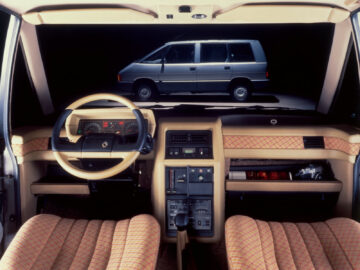
The Renault Espace consisted of a steel, self-supporting space frame surrounded by fiberglass body panels. A construction that was typical of Matra. The result was high body stiffness and relatively low weight. The interior not only had a practical flat floor, but also a flexible seating arrangement with swiveling, removable and/or convertible seats into a table.
Renault Espace has slow start
Then, in July 1984, the Renault Espace really hit the market. Consumers are not immediately excited about the crazy tall thing with its huge windows. Only nine are sold in the first month. In the months that followed, customers suddenly did see the benefits of a large, practical MPV, and Matra had to pull out all the stops for production to keep up with demand. The large MPV market segment was born and other manufacturers began developing competitors. However, the Espace was able to hold its lead for a long time.

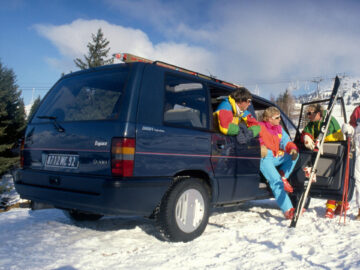
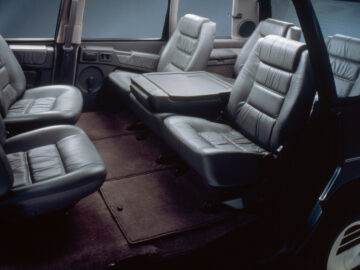
Facelift for the Renault Espace
By 1988, it was time for another facelift. The main changes were under the skin, where all remaining Talbot and Simca parts were replaced with Renault parts. Also, an all-wheel drive version was not actually introduced until the facelift. Not much else changed, but the car did get a different front end. The front bumper was a little farther forward, with the headlights and grille above it inclined backward (instead of forward inclined). Henceforth, all engine variants had the same grille. At the rear, the tailgate was slightly enlarged, providing more luggage space.
The spotted specimen
One evening in Utrecht, we saw this 1988 Renault Espace. So it is from just after the facelift. The Espace has been in the Netherlands since 2002 and the current owner has only had it since February. There are several things of interest. Thus, the RDW registered it as a Renault J11, that is, with the internal project/chassis code instead of the trade name. What also stands out are the yellow rear doors. Of course, it may well be that the original doors were both rusty and needed to be replaced. The only question is: where do you get yellow doors? In fact, this generation Espace was never officially delivered in that color… Those who know more may tell us.

